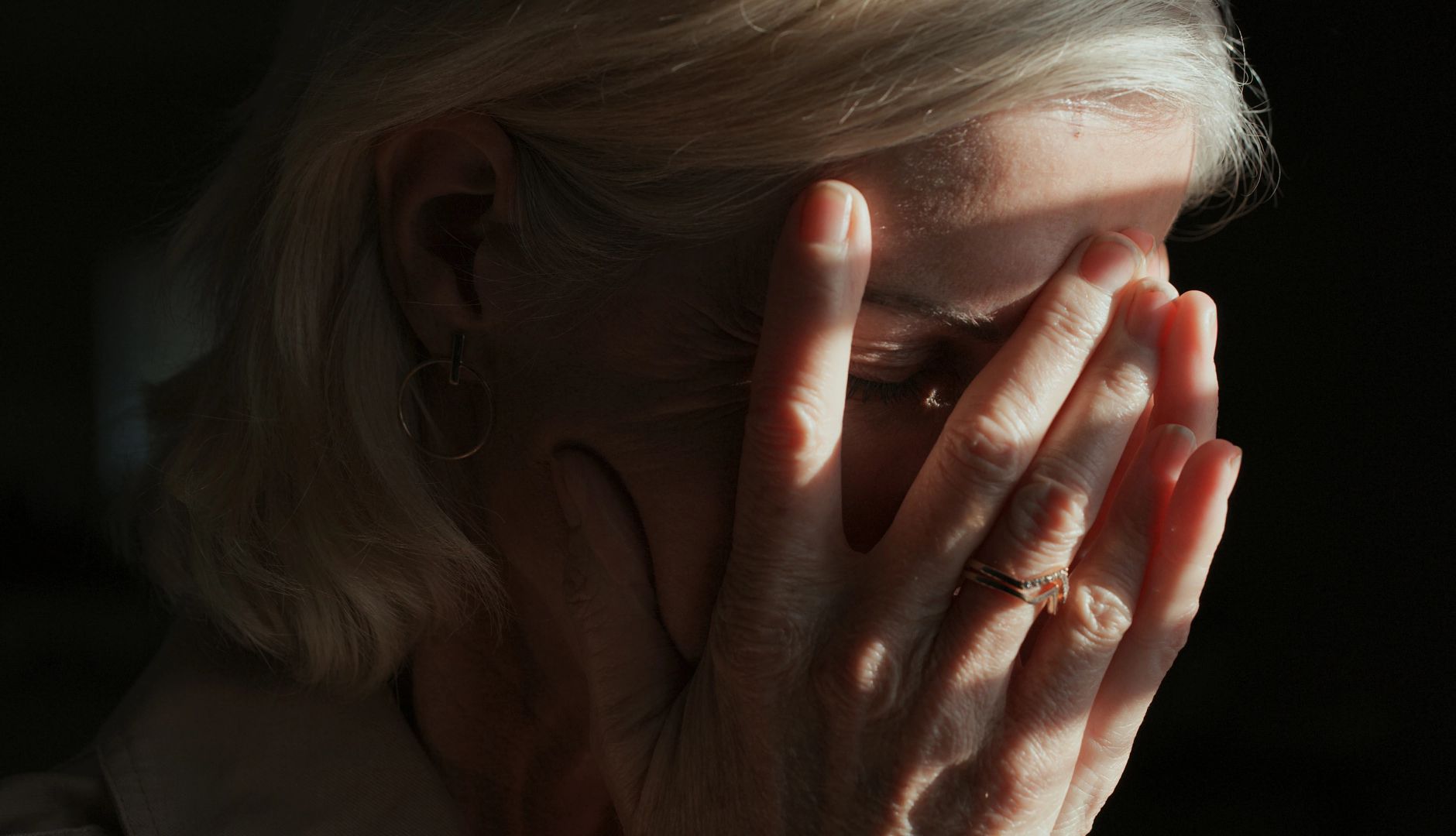AARP Hearing Center


Have you ever awakened in the middle of the night, stumbled to the bathroom, hit the switch and … yikes!? Your initial response to that burst of light was probably to squeeze your eyelids shut or squint until your eyes adjusted to your surroundings.
All of us have experienced light sensitivity at some time or other, but some people are extremely intolerant of bright light. This condition, known as photophobia, occurs “when normal light causes discomfort or pain in people, to the point where they want to avoid it,” says Kathleen Digre, M.D., a professor of ophthalmology and neurology at the John A. Moran Eye Center, University of Utah, in Salt Lake City.
The source of discomfort might be a sunny day, a lighted computer screen, bright fluorescent lighting in a store, or oncoming headlights at night.
Some people may even become disabled, says Stephen Silberstein, Professor of Neurology and Director of the Jefferson Headache Center at Thomas Jefferson University Hospitals. “I have seen patients who literally cannot leave their house without dark sunglasses because of an increased sensitivity to light." That said, photophobia itself is not classified as a disability. However, it can be a symptom of a disability, such as a traumatic brain injury (TBI).
Although photophobia literally means “fear of light,” having an abnormal sensitivity to light is not a mental health disorder. However, may be a symptom that accompanies common psychological conditions.
Below, you’ll find more information on the symptoms of photophobia, its various causes, diagnosis, and the best ways to treat and manage light sensitivity.
Causes and treatments of photophobia
Photophobia isn't a condition but a symptom of other health conditions. Though the list of culprits is a long one, the main cause of photophobia is often related to neurological or vision problems. If you’re experiencing light sensitivity, the following are possible reasons why:
Migraines
One of the most common causes of photophobia is migraines. In fact, the majority of people who have migraine attacks experience heightened sensitivity to light. “Two-thirds of patients say photophobia is their most bothersome symptom during an attack,” Silberstein says. “But there are many who also have an increased sensitivity to light between attacks."
Blepharospasm
Photophobia is also extremely common among those who have blepharospasm, involuntary eyelid muscle spasms originating in the motor nerves of the brain. In fact, a past survey found that a whopping 94 percent of patients with blepharospasm experience some level of light sensitivity that impacts their daily lives. What's more, light can actually trigger spasms.




































































More on Health
Common Eye Conditions in Older Adults
These common symptoms may be signs of an eye disease
How to Treat 11 Top Vision Problems
Don't ignore these signs that your eyes are changingWhat to Know About Eye Floaters
They can be harmless or signal a vision-threatening problem